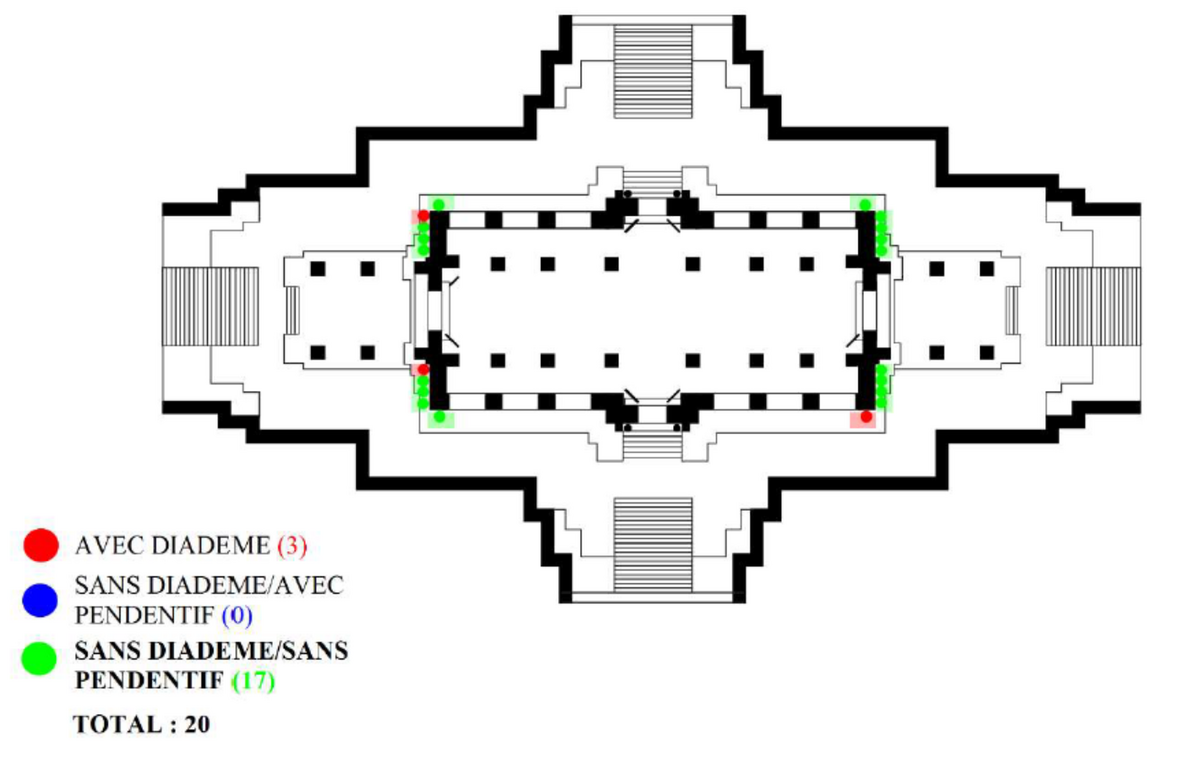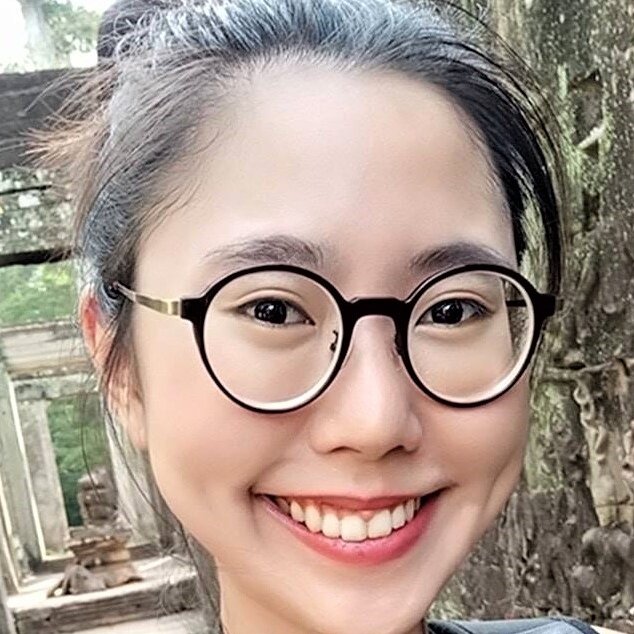Étude de la distribution des apsaras "avec ou sans diademe" (Apsaras and their ornaments in Angkor Wat)
by Prakaidao "Tian" Phurksakasemsuk
A thorough study of the female figures "inhabiting" Angkor Wat leads the author to novel considerations about the symbolic and social roles of the Apsaras.

Publication: RUFA/INALCO/Manusastra Project, Phnom Penh.
Published: September 18th, 2018
Author: Prakaidao "Tian" Phurksakasemsuk
Pages: 89
Language : French
Sculpture in Angkor is by large the most "feminine" form of sacred art in the world history. Following pioneering studies by Sapho Marchal or more recent researchers, the author attempts a comprehensive analysis of the apsaras spatial distribution across the Angkor Wat temple and sanctuary according to the kind of ornaments they are wearing in stone.
Earlier researchers have noted that the apsaras wearing a tiara or crown (mokot in Khmer, mukuta in Sanskrit) held an exalted status in the population of "celestial dancers". George Coedès, for instance, called them "gouvernantes" (head dancers), while the ones without head ornament were obviously younger, pre-nubile female figures.
Here, the author adds another distinction between apsaras with or without the distinctive, round pendant so characteristic of Angkorian art. Also, the spatial distribution of ornamented figures seems to follow a strict rule: in the innermost sanctuary, the 62 apsaras are all wearing a tiara, except one devoid of any kind of ornament.
The study ends up on a stimulating, still open question: are these numerous celestial figures thriving to become nubile just to access to the elevated rank of "inner sanctuary guardians"? Or are they, in fact, "preparing themselves to greet the glorious death of the Khmer Empire?"
Master 1 Dissertation presented to the Jury: Éric Bourdonneau (EFEO), Joseph THACH (INALCO).
(with photos by the author, Eric Bourdonneau, Dominique Soutif and alt.)
Tags: apsaras, sculpture, social history, women, female representations
About the Author

Prakaidao "Tian" Phurksakasemsuk
A graduate student and researcher associated with The Manusastra Project (INALCO, France, and RUFA (Royal University of Fine Arts), Cambodia), Prakaido Phurksakasemsuk is currently involved in a history research on the Bayon bas-reliefs.
In September 2018, the theme of her Master's dissertation was a classification of the Angkor Wat devatas/apsaras according to their head and neck ornaments.
She is also a member of the Department of French Studies at Silpakorn University, Bangkok, Thailand.
